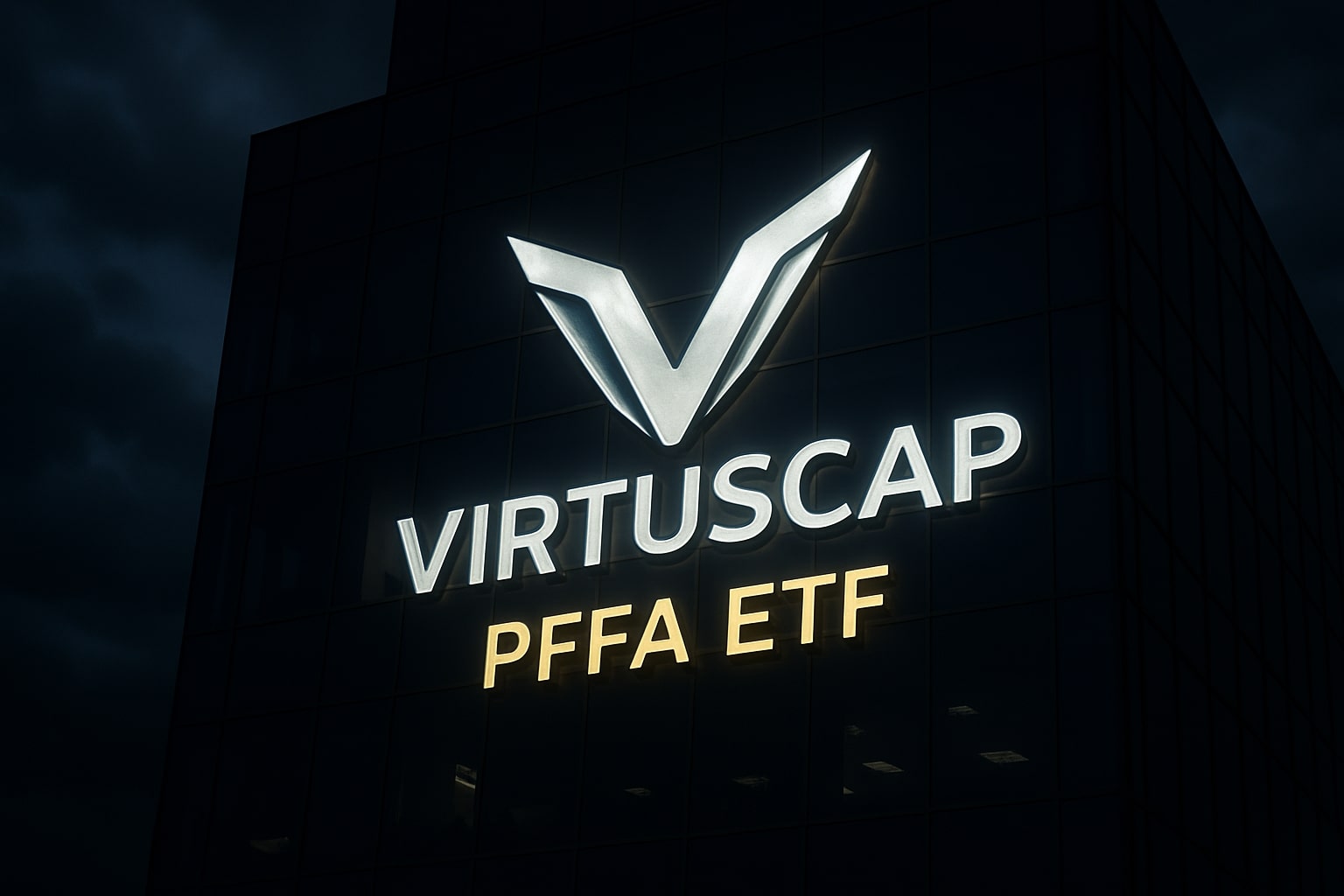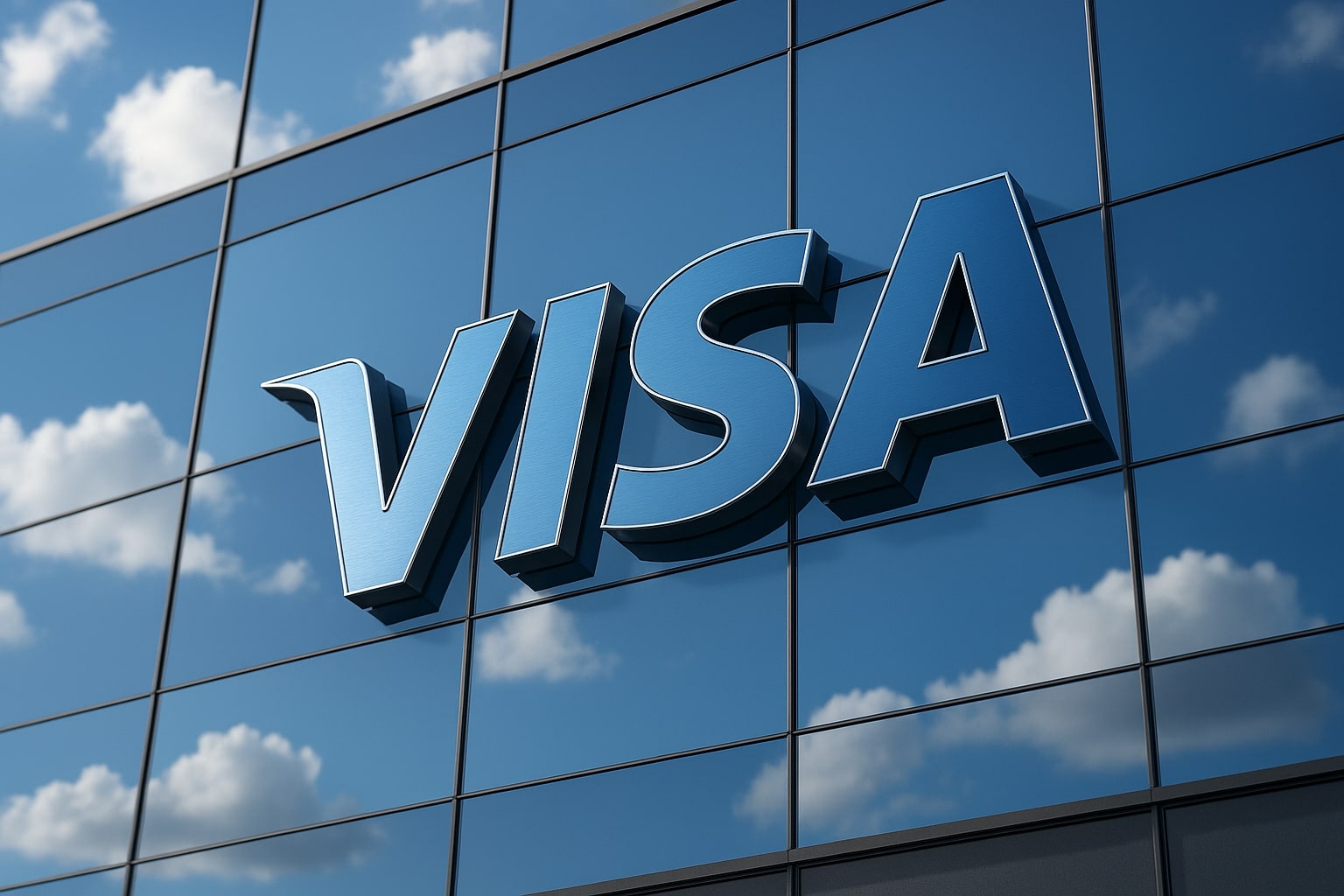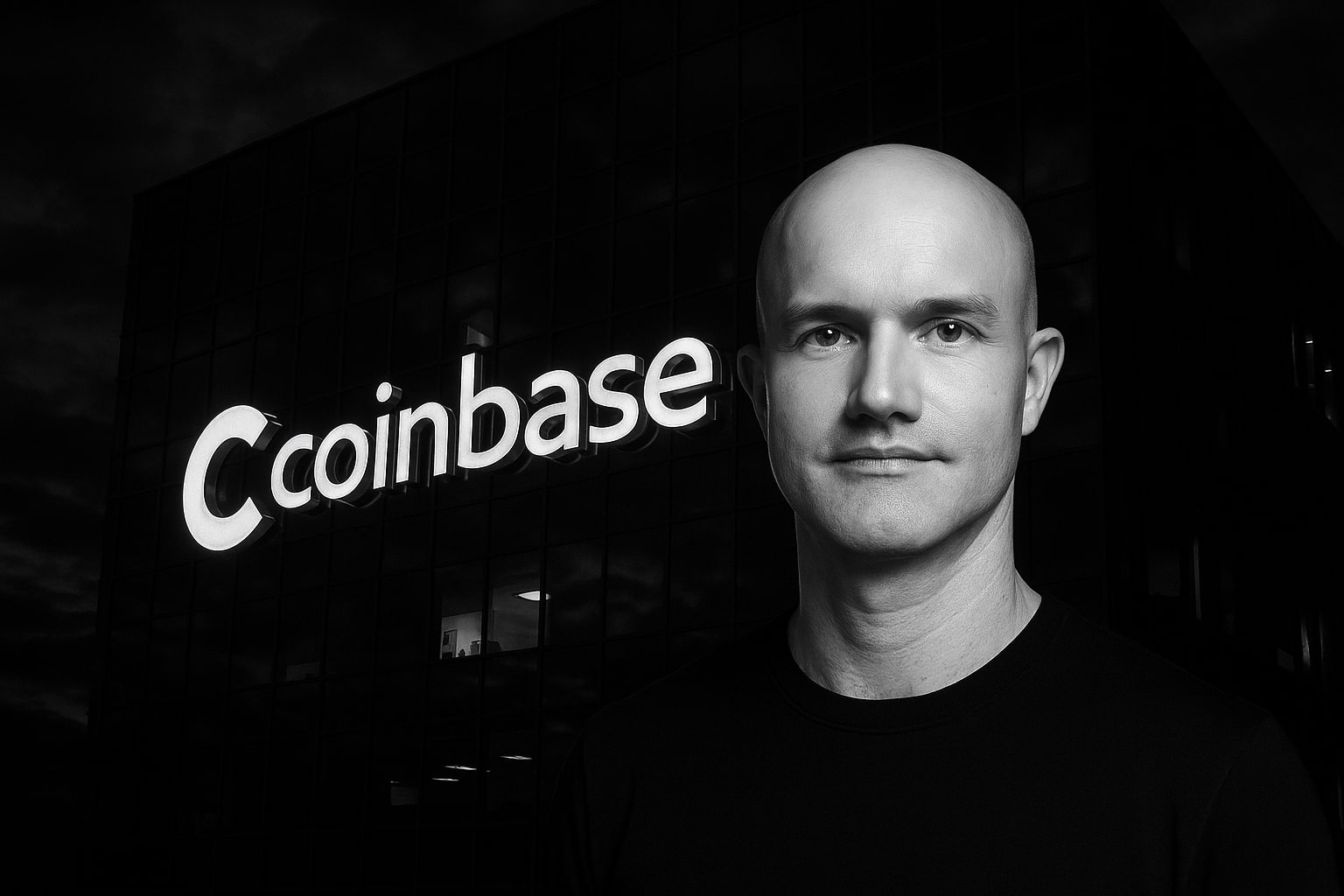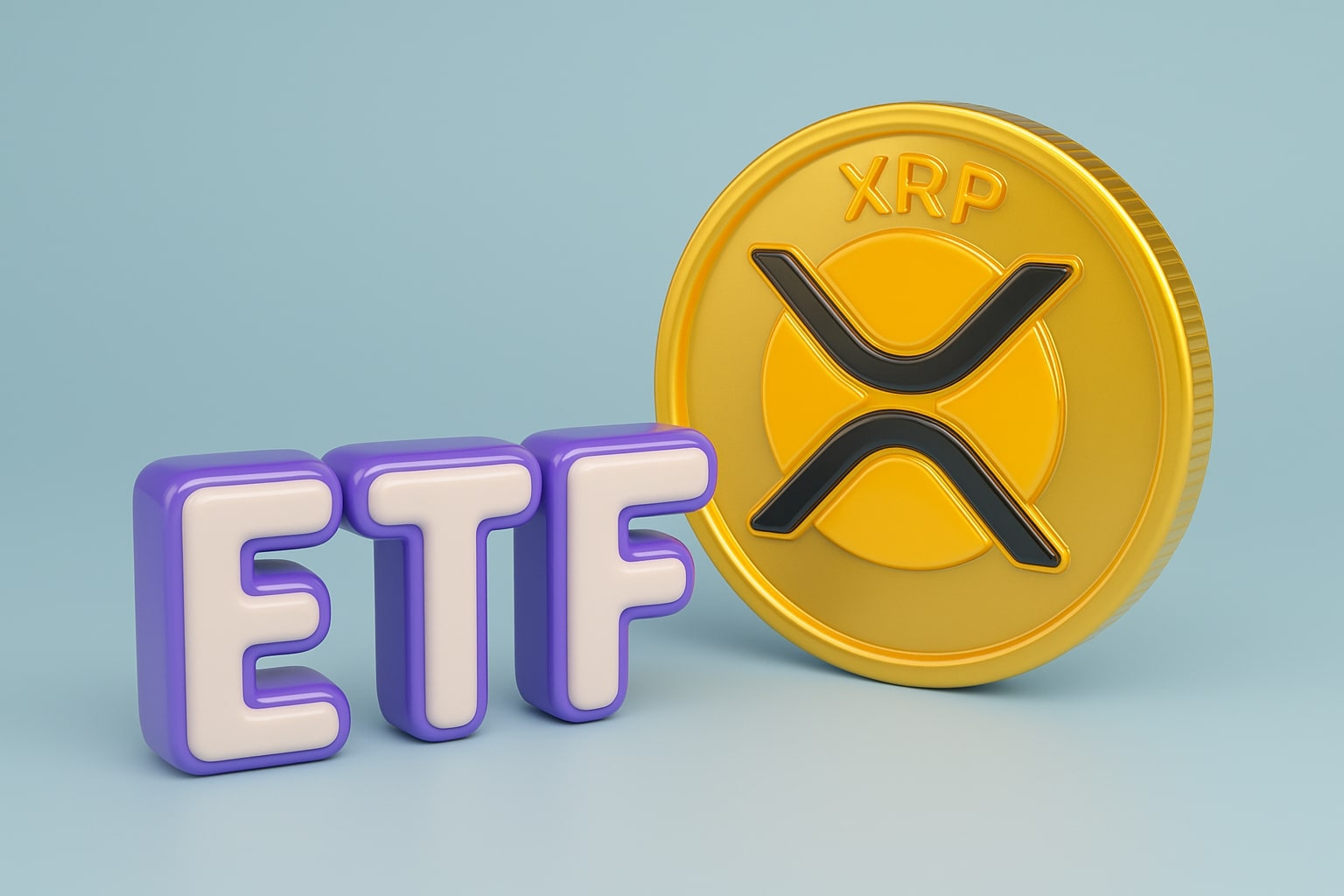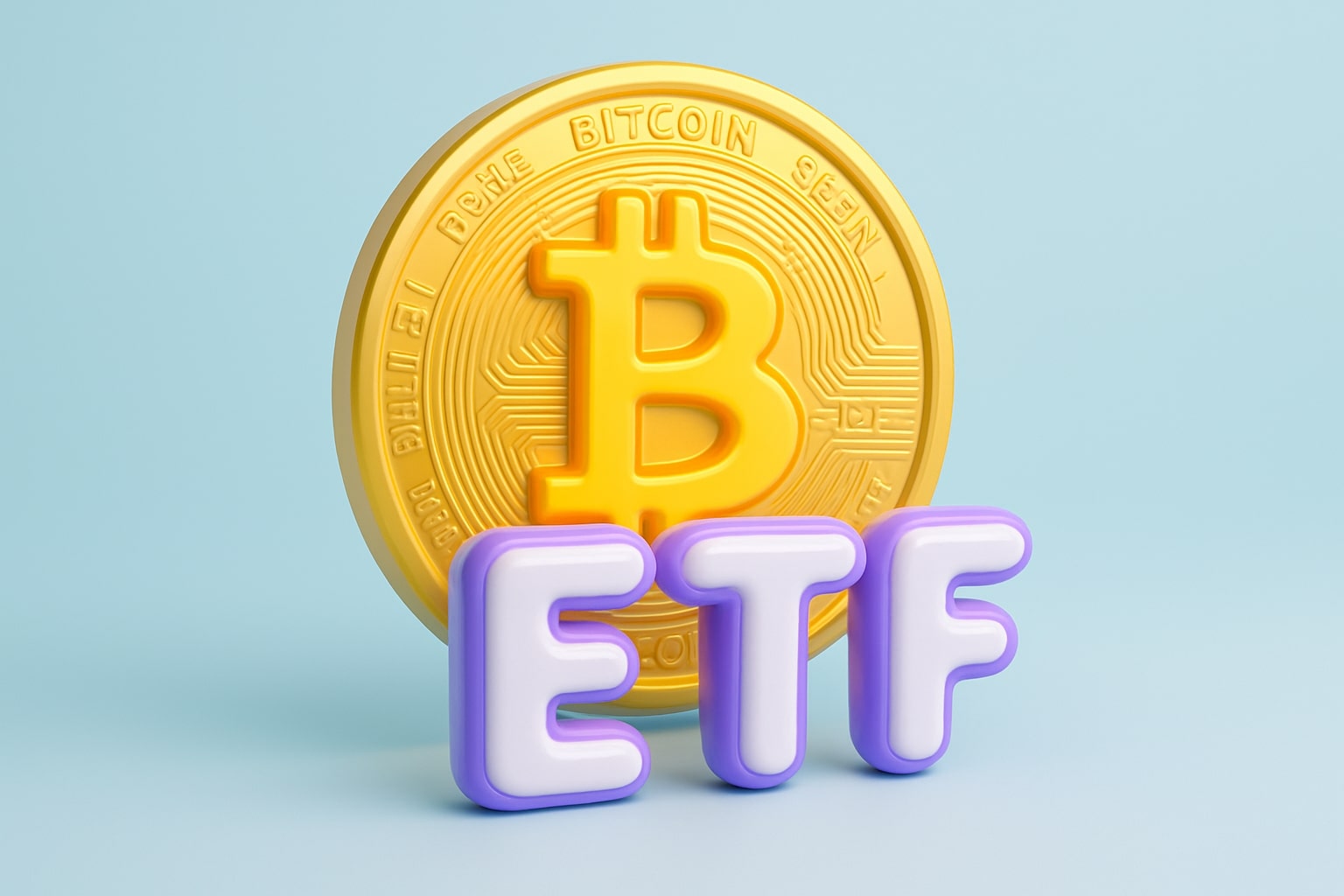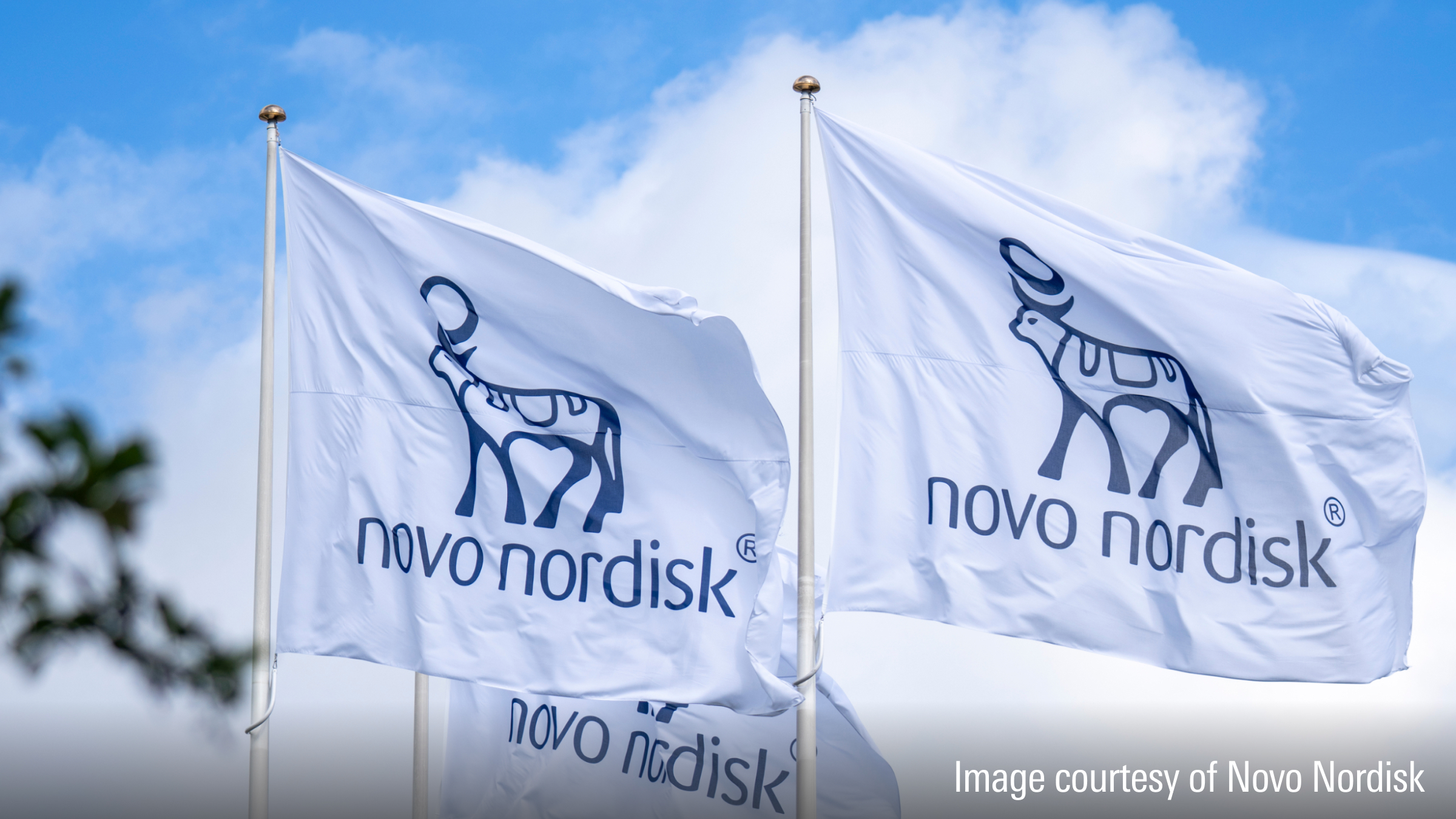
Novo Nordisk Stock Price Forecast - NVO Shares Rebounds from a 59% Collapse: Deep Value Opportunity or Structural Shift?
After plunging from $120 to $59, Novo Nordisk confronts U.S. tariffs, job cuts, and fierce GLP-1 competition, yet its 35.6% profit margin, $26.4B free cash flow, and 2026 drug pipeline position NVO for a possible 30% upside recovery | That's TradingNEWS
Novo Nordisk (NYSE:NVO): Deep-Value Inflection as Weight-Loss Wars, Restructuring, and Tariff Shocks Collide
Stock Performance and Market Context
Novo Nordisk (NYSE:NVO) has entered one of the most volatile phases in its modern history. After a brutal twelve-month collapse of nearly 59% from its 52-week high of $120.56 to just $59.63 per share, the Danish pharmaceutical giant is now trading near multi-year valuation lows despite maintaining double-digit revenue growth and market-leading profitability. The current market capitalization sits around $263 billion, down from a peak above $640 billion in 2024, reflecting an enormous compression of investor sentiment after years of parabolic growth driven by its semaglutide portfolio — Ozempic, Wegovy, and Rybelsus.
While the broader OMX Copenhagen 25 Index rose 4.68% YTD, NVO gained 29.32% in 2025, recovering modestly from the sell-off but still trailing far behind its global peer Eli Lilly (NYSE:LLY), which commands a $752 billion valuation and dominates the GLP-1 obesity-drug race. The divergence underscores a rotation away from overvalued health-care growth names and into U.S.-centric pharmaceutical producers amid President Trump’s 100% tariffs on imported branded drugs — a move that directly challenges Novo Nordisk’s export-heavy model.
Revenue Trends and Profitability Resilience
Despite market pessimism, Novo Nordisk’s latest financials reveal resilience under pressure. For the quarter ended June 30 2025, total revenue rose 13% year over year to DKK 76.86 billion ($11.1 billion), while Wegovy sales surged 67% YoY to DKK 19.53 billion. The slowdown from the 85% growth posted in Q1 and 107% in Q4 2024 shows deceleration but not collapse. The company’s profit margin remains 35.6%, operating margin 43.5%, and return on equity 79.2%, figures unmatched by most of Big Pharma. Novo’s EPS (TTM) of 3.92 and P/E ratio of 15.21 put the stock roughly 15% below sector median valuation, despite EPS growth trending 66% above the sector median.
Novo’s levered free cash flow ( TTM ) stands at $26.44 billion, supported by $18.9 billion in cash and a modest debt-to-equity ratio of 59%. These fundamentals provide a financial cushion as the firm restructures to adapt to tariffs and intensifying GLP-1 competition.
Competitive Pressure and Market Share Shifts
The heart of Novo Nordisk’s challenge lies in the erosion of its once-dominant GLP-1 market share. In May 2025 the company controlled roughly 50% of the U.S. weight-loss drug segment, down from 53% a year earlier, as Eli Lilly’s tirzepatide (Mounjaro and Zepbound) expanded aggressively. Compounding pharmacies offering cheap semaglutide copycats further diluted pricing power until the FDA declared an end to the GLP-1 shortage in April 2025, a move designed to choke off the gray market. Novo’s temporary partnership with telehealth provider Hims & Hers (HIMS) collapsed amid lawsuits over counterfeit Wegovy sales, leaving Novo’s legal team fighting reputational damage as it faces generic encroachment.
The company’s internal leadership shake-up in July 2025 — replacing CEO Lars Fruergaard Jørgensen with Maziar “Mike” Doustdar — marked a pivotal attempt to re-center global operations. Doustdar, formerly head of international markets, is steering NVO toward higher-margin regions and rebalancing manufacturing to counter U.S. tariffs, which threaten to add up to $1 billion annually in costs unless domestic production ramps.
Restructuring Program and Workforce Realignment
In early September 2025 Novo Nordisk announced a major restructuring that will cut 9,000 positions globally and implement a hiring freeze through 2026. The initiative aims to reduce the operating-expense growth rate to under 10%, down from 16–24% previously, and reallocate capital toward next-generation GLP-1 formulations. Management forecasts sales growth of 8–14% for FY 2025 and operating profit growth of 10–16%, compared with prior guidance of 13–21% and 16–24% respectively.
While analysts initially viewed the cuts as defensive, the measures align with sector trends as pharma firms brace for cost inflation from tariffs and supply-chain localization. TD Cowen, Bernstein, and Berenberg all upgraded NVO to “Buy” in September, noting valuation compression and balance-sheet strength. Morgan Stanley’s downgrade to Underweight on Sept 29 temporarily pressured shares, but momentum recovered after HSBC reversed its stance to Buy on Oct 2, citing “overdone pessimism.”
Pipeline Momentum: Wegovy, CagriSema, and Oral Semaglutide
Despite near-term headwinds, Novo’s innovation pipeline remains robust. The CagriSema trial, combining cagrilintide and semaglutide, delivered ~23% average weight loss in late-stage trials, positioning it as the company’s next blockbuster after Wegovy. Meanwhile, high-dose oral semaglutide — submitted for FDA review in mid-2025 — aims to replicate Wegovy’s efficacy in pill form, potentially offsetting injection fatigue and broadening adoption. Analysts project a global obesity market of $150 billion by 2030, with Novo targeting 30% market share even as Lilly consolidates its lead.
Outside GLP-1s, Novo’s EVOKE/EVOKE+ Alzheimer’s trial is expected to release data by December 2025. A positive readout could open an entirely new therapeutic vertical worth over $10 billion annually, transforming Novo’s dependence on metabolic disorders into broader neurodegenerative care. Early pre-clinical signals show promise, with semaglutide demonstrating cognitive benefits through insulin pathway modulation in the brain.
Financial Ratios and Valuation Metrics
Novo Nordisk’s current forward P/E of 14.08 and PEG ratio of 1.48 mark a steep discount relative to Lilly’s forward P/E of 25 and AbbVie’s 16. Its price-to-sales multiple of 5.34 and price-to-book of 9.88 have nearly halved since mid-2024, reflecting investor capitulation rather than deteriorating fundamentals. The enterprise value-to-EBITDA of 11.2 underscores a valuation gap against Lilly’s ~20 and Pfizer’s ~13, positioning NVO as a deep-value play ahead of the 2026 sector re-rating expected as interest rates fall and defensive healthcare flows rebuild.
The company’s dividend yield of 2.94% and payout ratio of 45.5% provide steady income for shareholders, while a 1.73 USD annual dividend and a 5-year average yield of 1.53% demonstrate consistent shareholder returns. Novo executed a 2-for-1 stock split in September 2023, improving liquidity and retail participation as the stock entered the U.S. weight-loss narrative boom.
Read More
-
PFFA ETF Nears $21.50 as Rate Cuts and 9.49% Yield Spark Renewed Demand
29.11.2025 · TradingNEWS ArchiveStocks
-
XRPI and XRPR ETFs Ignite Ripple’s Institutional Rally as Inflows Near $1B and XRP Holds $2.20
29.11.2025 · TradingNEWS ArchiveCrypto
-
Natural Gas Price Forecast - NG=F Blasts to $4.85 as Demand Surge Fuel Multi-Month Breakout
29.11.2025 · TradingNEWS ArchiveCommodities
-
USD/JPY Price Forecast - Yen to Dollar Slides to 156.10 as Yen Strengthens on Fed Cut Expectations
29.11.2025 · TradingNEWS ArchiveForex
Tariffs and the Shift Toward U.S. Manufacturing
The 100% tariffs on imported pharmaceuticals announced in October 2025 have redefined the competitive landscape. Novo Nordisk, as a European exporter with limited U.S. production footprint, faces margin compression and pricing constraints absent for domestic players like Pfizer (NYSE:PFE) and AbbVie (NYSE:ABBV). While generic and unbranded medicines are exempt, Novo’s flagship GLP-1s fall squarely under the levy, potentially raising U.S. distribution costs by mid-single digits. To mitigate the impact, the company is reportedly exploring joint ventures in North Carolina and Texas for localized formulation of semaglutide products, though no official confirmation has been issued.
Comparative Landscape with Peers
Eli Lilly (LLY) continues to set the benchmark, posting $8.57 billion in tirzepatide sales in Q2 2025, up from $4.33 billion a year earlier, while Novo’s Wegovy sales grew to $19.53 billion DKK but slowed materially. Pfizer (PFE), trading at $27.37 with a forward P/E of 12.6 and a 7.2% yield, is emerging as a beneficiary of the tariff regime, along with AbbVie (ABBV) at $233.91 and Johnson & Johnson (JNJ) at $188.64. Within this peer group, NVO offers the best blend of margin resilience and valuation discount, making it an appealing re-entry candidate for investors who missed its previous run from $45 to $120 in 2024.
Analyst Sentiment and Price Targets
Consensus remains constructive despite mixed headlines. Of analysts tracked by Refinitiv and Yahoo Finance, most rate NVO as a Buy, with price targets ranging from $47.17 (low) to $71.14 (high) and an average of $61.86. TD Cowen assigns a composite score of 70/100 with a “Buy” rating, while Bernstein’s revised target of DKK 540 implies a 51% upside from Copenhagen levels. Argus Research models a 12-month fair value of $65, suggesting a 10–12% base-case appreciation plus a 2.9% yield, totaling roughly 13–15% expected return. Independent analysts see a stronger risk-reward skew with a bull-case target of $80.4, representing ~36% upside from current pricing.
Technical Picture and Investor Behavior
Technically, the stock appears to have bottomed around $54.00 in late September, with a relative strength index (RSI) of 30, signaling oversold conditions. The 50-day moving average at $55.22 is flattening, while the 200-day average at $70.65 marks the medium-term reversion target. Volume remains strong at 15.3 million shares, close to its 17.7 million average, indicating institutional rotation rather than retail capitulation. Short interest of 0.85% of float is modest, showing limited bearish conviction.
Institutional ownership stands near 9.4%, while insider ownership is negligible at 0.01%. To track executive transactions and corporate activity, investors can review insider filings here. The stock’s trading profile and live performance can be monitored via real-time chart.
Macro Catalysts and Policy Outlook
Macroeconomic forces may prove decisive. If the Federal Reserve proceeds with its anticipated rate cuts in early 2026, value-heavy sectors like healthcare could see capital rotation from high-multiple tech names. Novo Nordisk, with its beta of 0.33 and defensive earnings profile, is ideally positioned for that environment. The company’s shift toward local manufacturing in the U.S. and continued European monetary easing should further stabilize margin outlook. Political uncertainty in Washington and tariff volatility introduce short-term noise, but the core thesis — obesity and metabolic treatments as a decade-long growth engine — remains intact.
Earnings Outlook and Growth Forecast
Analysts expect Q3 EPS of DKK 4.39 (~$0.63) and revenue of DKK 76.6 billion, with FY 2025 EPS at DKK 23.74 (~$3.40) and FY 2026 at DKK 25.12 (~$3.60). This equates to 4.9% EPS growth for 2025 and 7.8% for 2026, compared to the S&P 500’s forecast of 9.1% and 14.2% respectively. Given Novo’s consistent margin structure and cash generation, even modest growth translates into robust returns on capital.
Investment Thesis and Rating
At $59.63 per share, Novo Nordisk is trading near a valuation floor last seen in early 2022, offering a rare entry point into a blue-chip pharma franchise with global leadership in obesity treatment, industry-leading ROE, and a fortress balance sheet. With a forward P/E of 14 and sector median near 18, the discount alone supports 20–30% potential upside through multiple expansion. The macro setup — falling rates, defensive rotation, and tariff exemptions for U.S. plants — adds to the bullish case.Based on the full data set and technical confirmation of a bottom, the verdict for NYSE:NVO is a decisive Buy. Investors should monitor the $55 support zone as the critical floor and $71 target range for the next 12 months, with a bull-case stretch to $80 if EPS momentum recovers in 2026. This deep-value.














